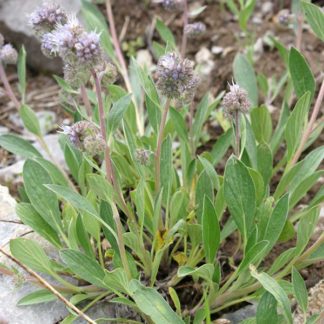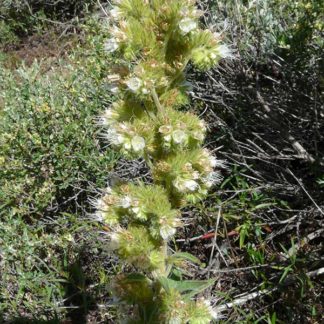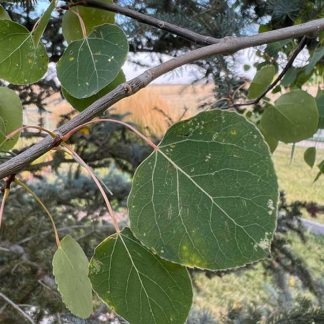significant
Showing 25–36 of 46 results
-

Linaria vulgaris / yellow toadflax
- fine, threadlike leaves, plants up to 3 feet tall
- flowers similar to snapdragon, pale yellow with orange lower lip, long spur
- flowers in tight terminal clusters
- plants typically in patches
- "noxious" weed in Idaho
-

Mahonia repens / creeping Oregon grape
- pinnately compound with toothed, holly-like leaflets
- clusters of yellow flowers in spring; blue berries in late summer
- low, creeping shrub
- evergreen - but winter leaves are reddish
-

Maianthemum racemosum / Solomon’s plume
- "feathery" inflorescence - panicle
- 6 white tepals on teeny flowers
- long-blooming in late spring, sometimes into summer
- green berries --> red as they ripen
- alternate, clasping leaves on erect stems
-

Mertensia ciliata / mountain bluebells
- taller than others bluebells - up to four feet
- often forms dense stands by streams and seeps
- flowers dark blue, bell-shaped, held on one side of stem
- leaves blue-green, pointed, with prominent veins, marginal pointy hairs
-

Mertensia oblongifolia / sagebrush bluebell
- bright blue-to-purplish flowers, hanging and downward facing
- narrow tube that flares abruptly to bell
- blooms in very early spring, soon after snow-melt
- usually associated with sagebrush
-

Neottia banksiana / northwestern twayblade
- orchid - with two stem-clasping leaves halfway up the stem
- moist, dim understory habitat, in clonal patches
- very small green orchid flower - 5 sickle-shaped petals and sepals, 1 broader green labellum (lip)
- small, insignificant and easily overlooked
-

Phacelia hastata / silverleaf scorpionweed
- flowers - dull white-ish/purple-ish, numerous in short, compact, coiled clusters
- stamens extend well past petals
- leaves - basal with prominent veins; usually covered with silvery hairs; usually entire
- multiple flowering stems on a single plant
- in a variety of habitats
-

Phacelia heterophylla / varied leaf scorpionweed
- spirally arranged, teeny white flowers with very long stamens
- flowers turn brown soon after opening
- all parts of the plant are hairy
- not all that common, but widespread
-

Phleum pratense / timothy
- tight, cylindrical flower head
- probably the most recognizable grass in the Valley
- pink stamens with prodigious pollen production in summer
- bulb at base of stem; brown leaf sheath bases
-

Polemonium occidentale / western Jacob’s ladder
- brilliantly blue flowers with bright yellow anthers, in clusters
- pinnately compound leaves with up to 27 narrow, lance-shaped leaflets
- most leaves on separate stems from the flowers
- usually in wetlands
-

Populus tremuloides / quaking aspen
- white barked, often growing in large clones
- leaves flat with long, flat petiole at 90˚
- leaves quake in even light breezes
- twigs and buds reddish, long and pointed
- catkin flowers in very early spring
- leaves turn yellow or reddish or orange-ish in fall
-

Primula parryi / Parry’s primrose
- striking, bright magenta (or pink) flowers with yellow centers, 5 petals
- 3 to 30 flowers per stalk
- brilliant green foliage as a rosette
- foliage releases horrible smell with the slightest touch
- typically at higher altitudes in wet places
Showing 25–36 of 46 results